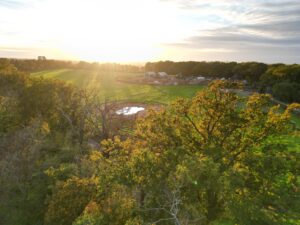The words conifer and evergreen are often used interchangeably. However, these terms do not refer to the same thing. While most conifers (not all!) are evergreen, there are also some that are deciduous. That means there are conifers that lose their leaves, or needles, seasonally.
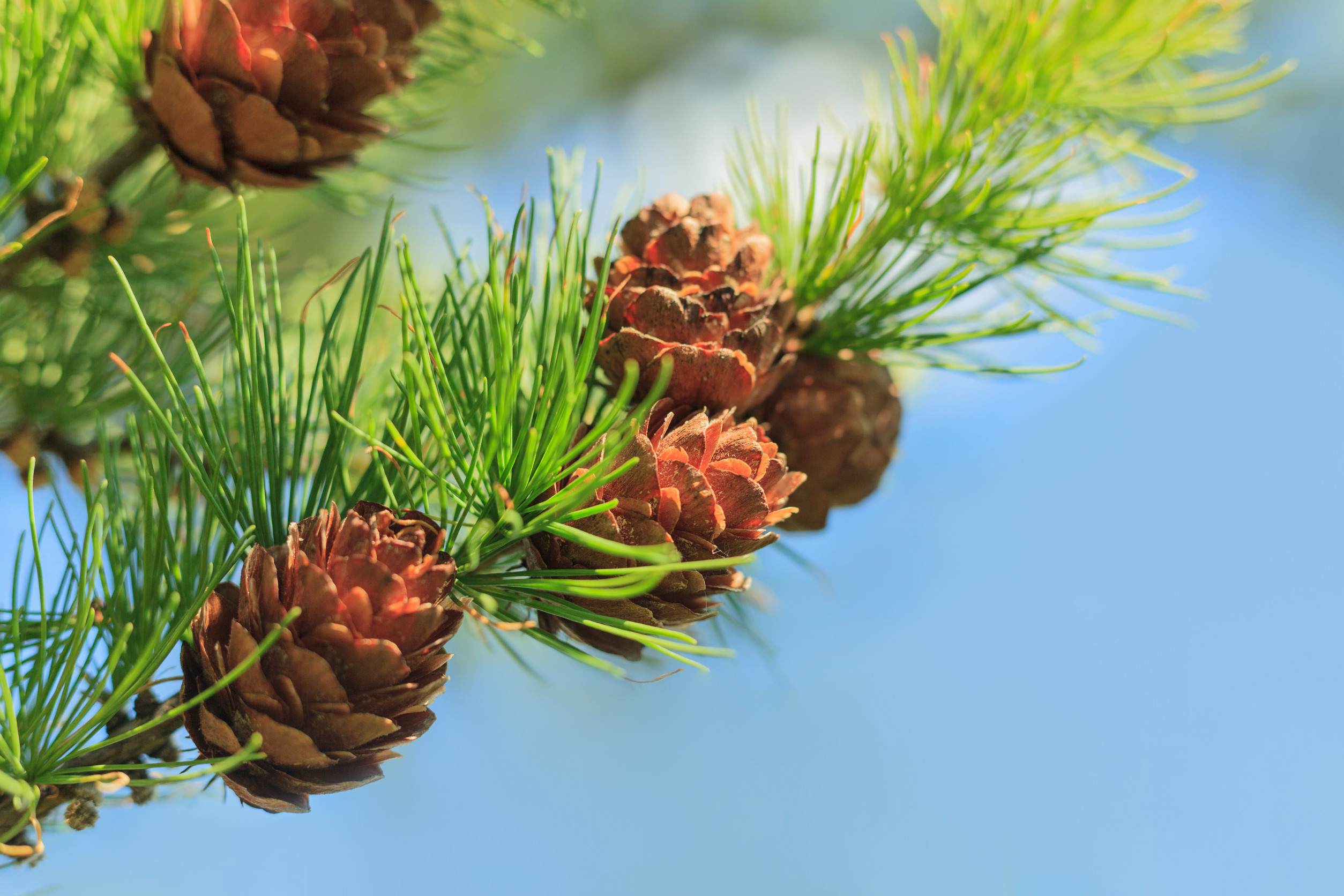
Conifer means cone-bearing
Conifers are a type of gymnosperm. These plants reproduce via an exposed seed, not via seeds enclosed in fruit or flowers. Specifically for conifers, they form a seed-bearing cone, hence their name. Male cones produce pollen, which is carried by the wind to female cones. Conifers are the largest group of gymnosperm and include all sorts of familiar trees such as pines, hemlocks, firs, spruce and many others.
Wait, those are all evergreens aren’t they?!? Yes, the majority of conifers are also evergreens. However, there are some deciduous conifers. Two notable examples are larch and dawn redwood. These trees have cones and lose their needles in the dormant season just like oaks or maples lose their leaves.
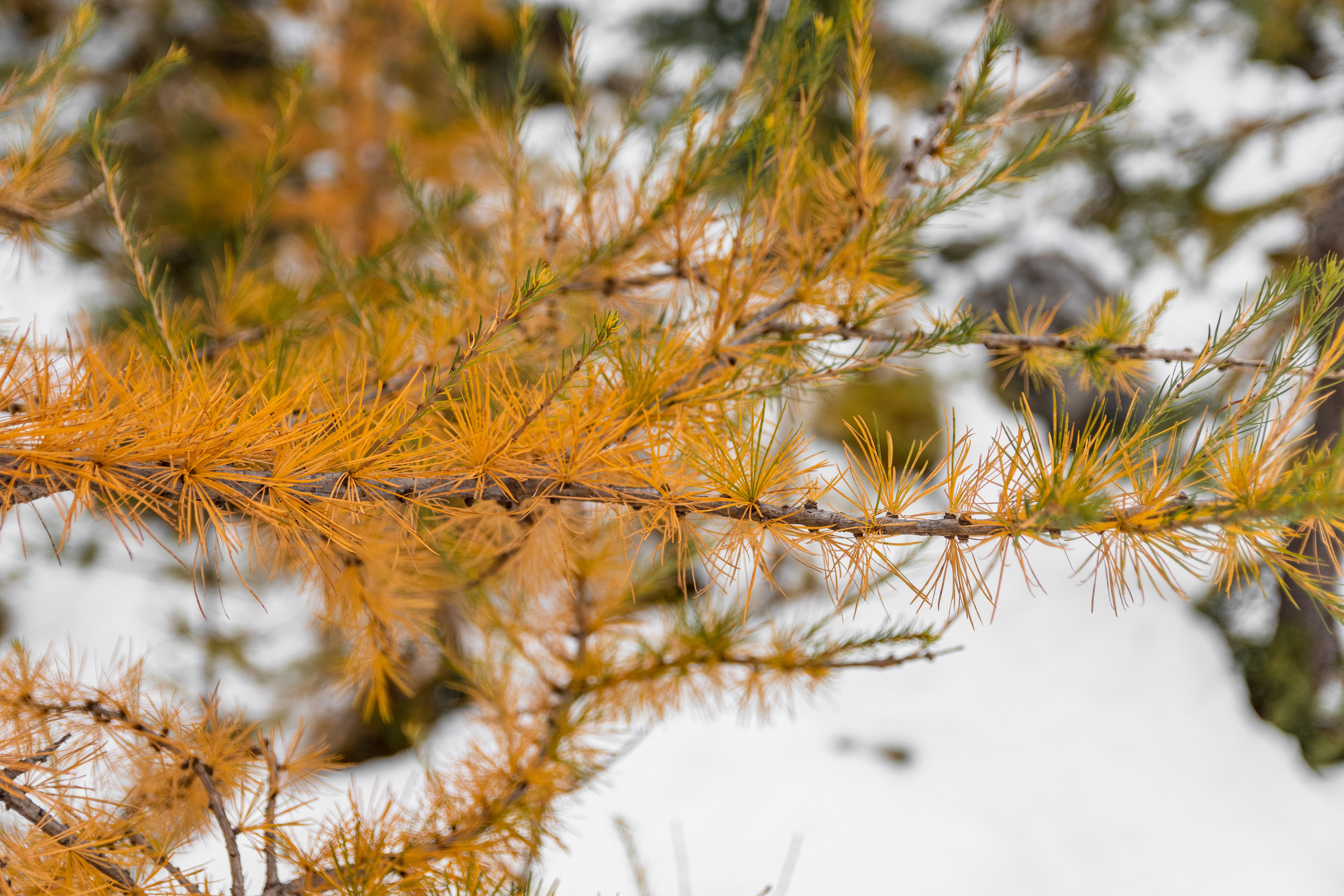
Some other conifers that may have you fooled are yews and junipers. The “berries” of both aren’t berries at all. Yews have red, berry-like seed coverings called arils. Junipers have a cone with a fleshy covering of swollen scales.
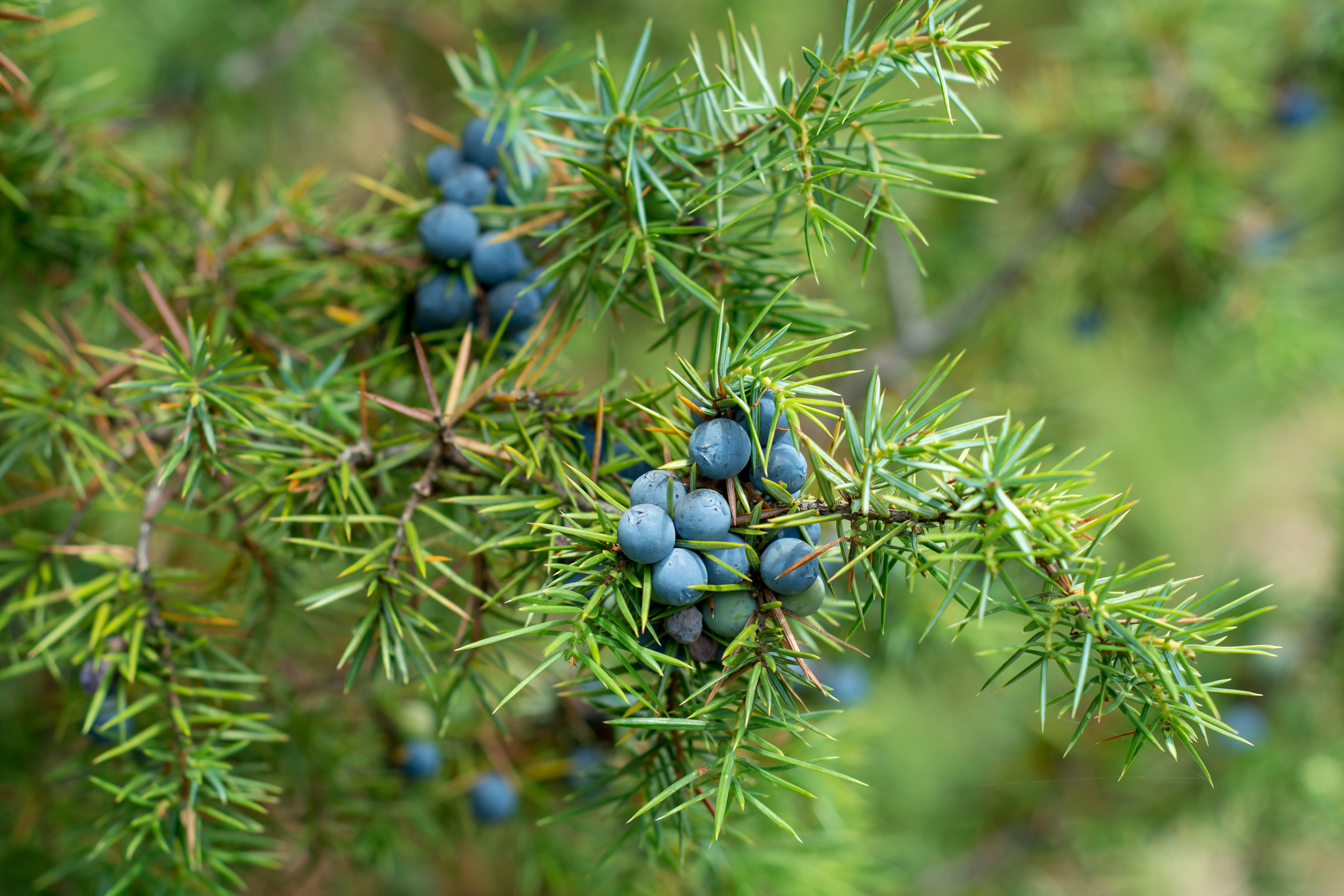
Evergreens retain foliage year-round
While conifers and evergreens often overlap, there are also plenty of trees and shrubs that keep their foliage all year, be it leaves or needles, that are not conifers. Think of the glossy ever-present foliage of the Southern magnolia or even the gently swaying fronds of palm trees. Those certainly aren’t conifers!
Many common shrubs like holly, boxwood and rhododendron are also evergreen favorites because they offer continuous color. None of these have seed-bearing cones.
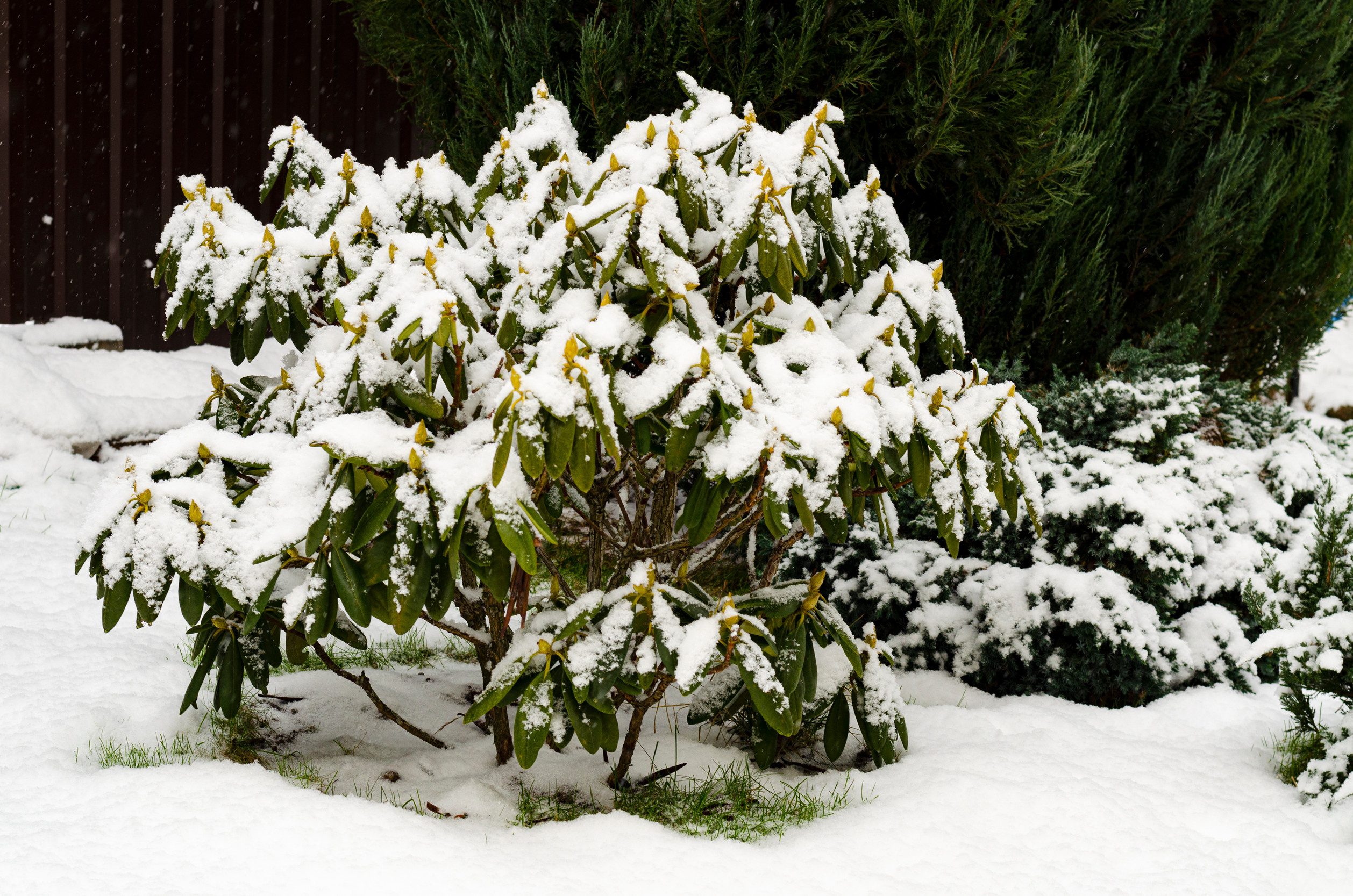
Proper identification matters
Details like these are important in tree identification. As a property-owner, when selecting new plants for your landscape, you want to understand the distinction. For example, if you want to plant a row of trees to act as border for privacy, you’ll want to ensure what you select is evergreen.
Correctly identifying trees is also critical for us as arborists. Knowing the type of tree and its species, concerns and management requirements is the foundation for providing proper care of conifers and evergreens.

